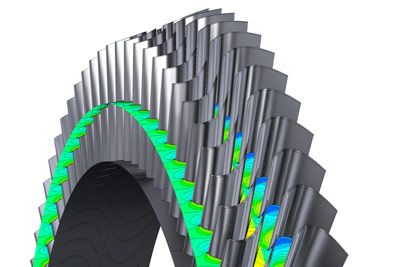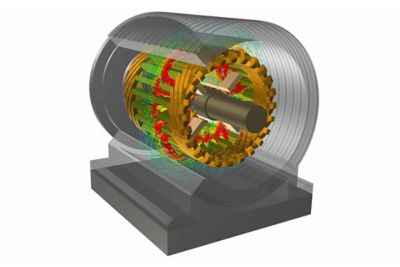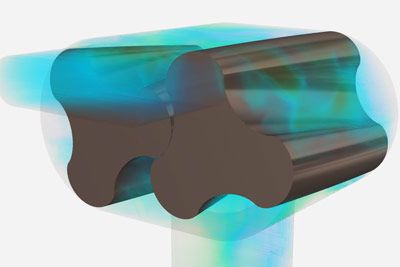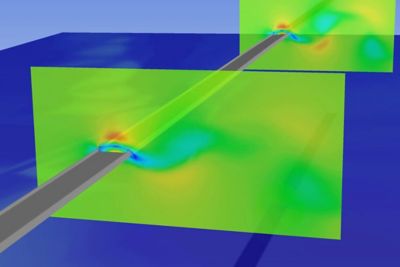Quick Specs
System Coupling can integrate multiple individual analyses, enabling you to leverage different physics solvers and/or static external data sources in a single simulation.
차세대 엔지니어에게 힘을 실어주는 Ansys
학생들은 세계적 수준의 시뮬레이션 소프트웨어를 무료로 이용할 수 있습니다.
미래를 설계하기
시뮬레이션이 다음 혁신을 어떻게 지원할 수 있는지 알아보려면 Ansys와 연결하십시오.
System Coupling solves multiphysics problems by connecting independent physics solvers and coordinating the exchange of the solution data, enabling accurate capture of complex interactions between physical models.
System Coupling manages data exchange and coordinates independent solver executions. Accurately capturing the complex interactions between physical models (typically simulated in separate solvers) are critical to understanding the problem. The result is smooth convergence of the multiphysics simulation for high-fidelity multiphysics simulations that impact engineering decisions.
System Coupling can integrate multiple individual analyses, enabling you to leverage different physics solvers and/or static external data sources in a single simulation.
January 2023
Modern product development trends drive the need for a more significant investigation of multiphysics effects. Designing close to the edge and balancing functional requirements with material and production costs requires an excellent understanding of the physics involved. This release makes it easier to build high-fidelity multiphysics workflows through enhanced user experience, improved data mapping algorithms, workflow customization through PyAnsys, and more.

PySystemCoupling enables seamless use of System Coupling technology to build multiphysics workflows directly from your Python environment.
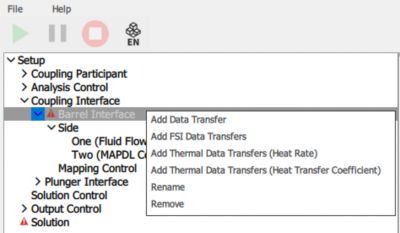
Simplified setup of the solvers participating in the coupled solution and automatic data transfer creation democratizes multiphysics simulation.
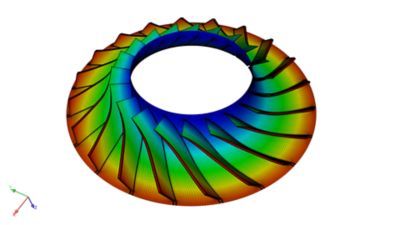
Support for mapping complex mode shapes from a Mechanical modal analysis to a CFD blade flutter analysis provides an improved workflow for aerodynamic damping.
When two or more analyses are coupled, the combined results can capture more complex interactions than an examination of those results in isolation, enabling the prediction of complex product behavior in real-world environments where multiple types of coupled physics interact.

Ansys System Coupling streamlines the exchange of data and coordinates independent solver executions to accurately capture the complex interactions between physical models, typically simulated in separate solvers such as
SYSTEM COUPLING RESOURCES & EVENTS
엔지니어링 과제에 직면하고 있다면우리 팀이 도와드리겠습니다. 풍부한 경험과 혁신에 대한 헌신을 가지고 있는 우리에게 연락해 주십시오. 협력을 통해 엔지니어링 문제를 성장과 성공의 기회로 바꾸십시오. 지금 문의하기



